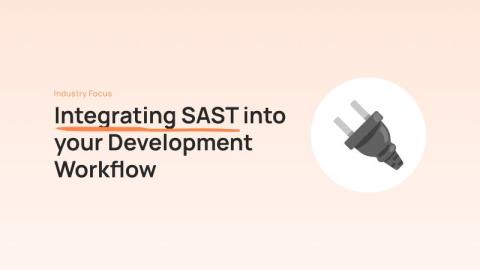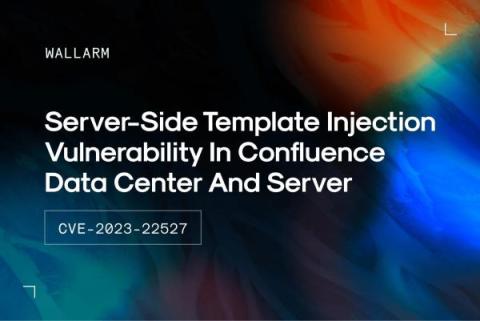A New Strategy for Reducing API Risk
As organizations increasingly embrace APIs, a new challenge has emerged - the complexity of managing, securing, and understanding the sprawling API landscape within an organization. To tackle these concerns head-on, Salt Security has pioneered the industry's first API posture governance engine and a suite of advanced capabilities designed to bring clarity, security, and efficiency to your API ecosystem.











